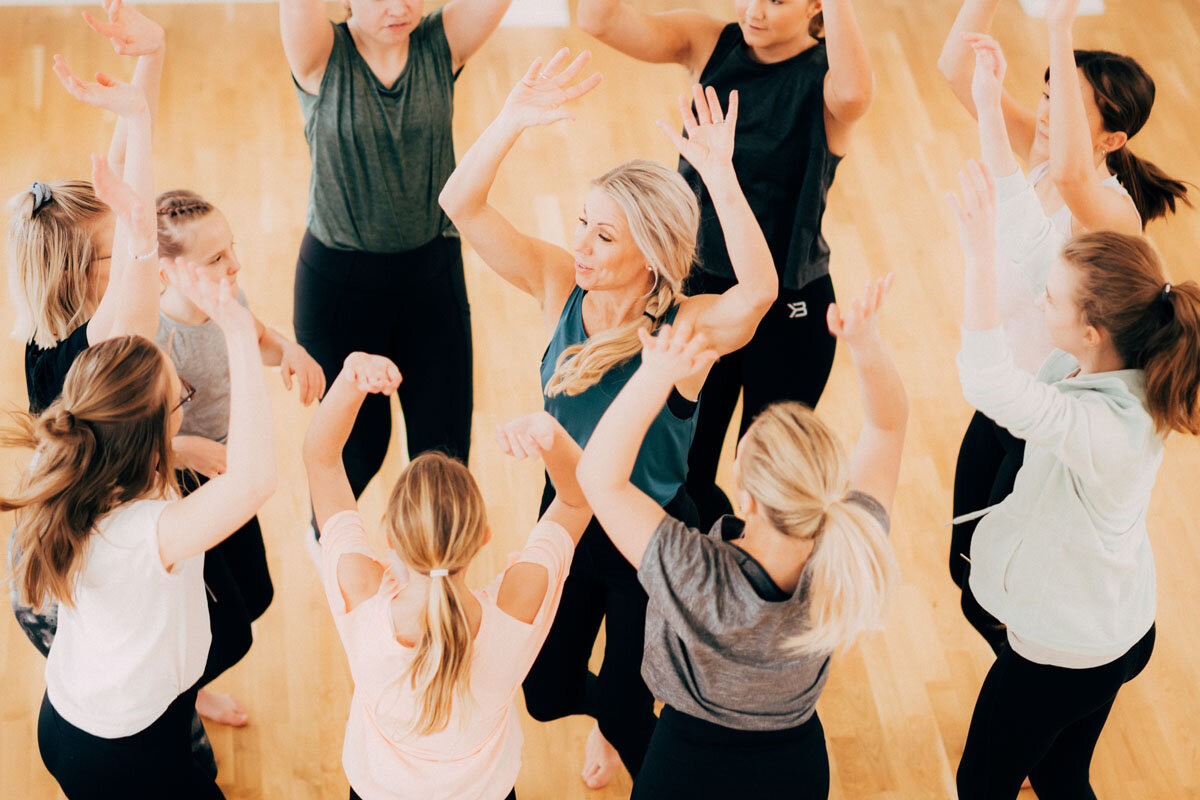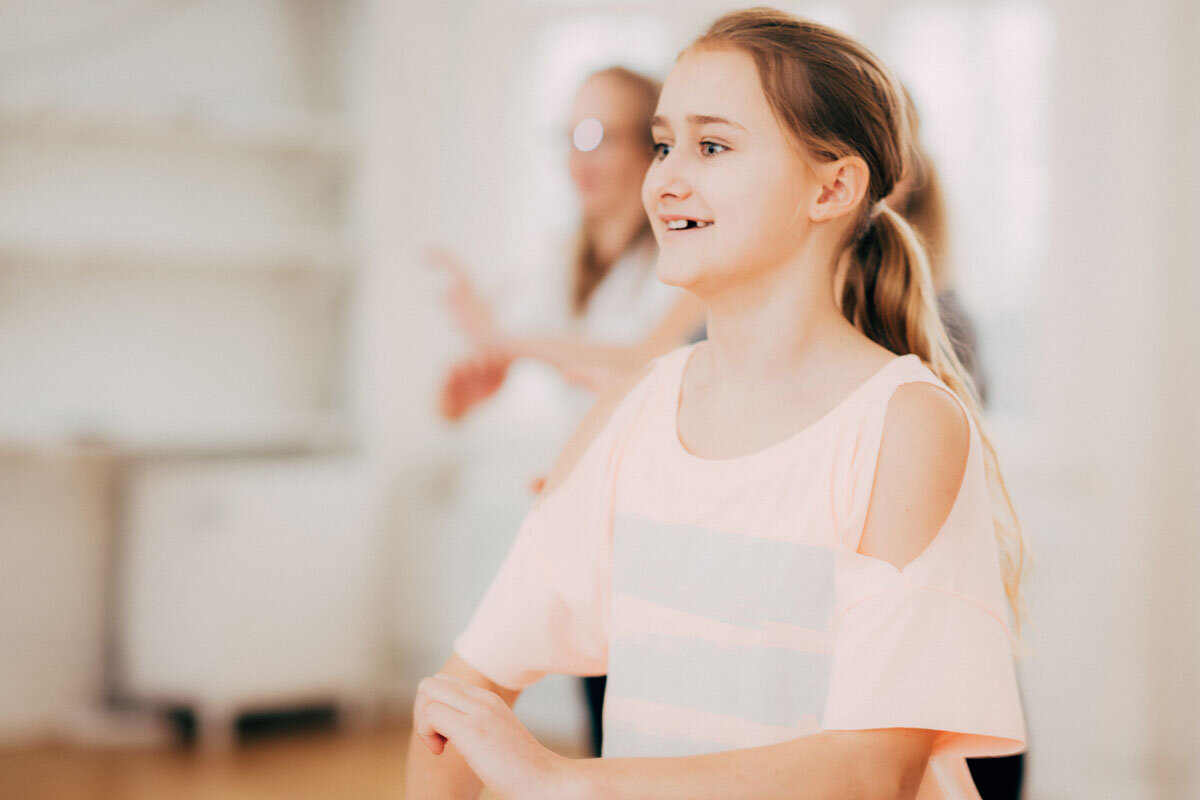Dance for Health
"We chose to make this a regular activity because we know it works. We started as a project and set certain goals, we wanted to see if it had an effect within the organization. When we had completed the project, we evaluated it. We then saw that the student health service had fewer visits and the cost that we put in had an effect so that it was worth every penny. "
Non-pharmacological interventions to improve mental health are increasingly requested. 'Dance for Health' is a scientifically evaluated method that complements the work of school health services in reducing stress in young people. Today, there are a total of 401 trained Dance for Health instructors across the country and it is estimated that over a thousand young people regularly participate in the initiative. Implementation usually takes place in collaboration with schools, but nowadays also in psychiatry and primary care. There is a great need for a counterpoint to the performance society. Undemanding dance can meet that need.
"Dance for Health" was developed with the support of the Social Impact Lab at Örebro University in 2017. The method is based on the Dance Project with the aim of achieving social benefits for a vulnerable target group; young people with mental illness. To make the research idea a reality in the best possible way, the focus is on offering training in the method and supporting the implementation process. Dance for Health's key factors (joy of movement, resources, freedom from demands and community) have proved valuable. The demand has never faded and instructor courses are given regularly.
Dans för Hälsa was named by Dagens medicin as "Innovator of the Year in Swedish healthcare" in 2019 with the motivation: "For having impressively mobilized and motivated people to better health, without expensive investments and with young people's own power. This year's Gold Scalpel winner has, with the support of evidence, methodically renewed the way healthcare works by taking advantage of what is healthy." And it is precisely this focus - taking advantage of the healthy - where there is much to gain. By strengthening resources, i.e. highlighting what works, the individual is reminded of the possibility of improving lifestyle habits with their own tools and thus being able to influence their health. The more perceived power and personal responsibility, the less need for care.
The implementation of Dance for Health works well, provided stable funding and effective collaboration. It is widely spread across the country, see map. Why? Partly because dancing is a popular and sought-after activity and many young people express that it is nice to avoid the performance element. However, there is also a scientific evaluation of the implementation process (Carlsson, N et al, 2018).). It summarizes the following reasons for successful and rapid dissemination;
great need to address the problems of the target group
the research underpinning of the methodology
easy to adapt to local conditions.
The hope is that Dance for Health's method will continue to be established and implemented so that as many people as possible who need it can take part in the initiative. Undemanding dance has the potential to be an obvious complement in the work to strengthen young people's mental health. For the initiative to succeed, it is important that there is long-term planning and funding. Tip: Start with research anchoring, connect with key people along the way, use both knowledge and networks provided by the instructor course and be inspired by good examples*! And, of course, listen to the target group. What are your needs? The central expression in dance is "Come as you are". Maybe the central expression for implementation is "Start where you are". / Anna Duberg, founder of Dance for Health and responsible for method & courses.
[Dance for Health's two-day instructor courses provide insight into the background, research, key factors, methodology and provide the practical tools you need to start the activity in your context].
dance for health key factors:
- JOY OF MOVEMENT
- RESOURCES
- RESPONSIBILITY
- COMMUNITY
* Selection of good examples:
Bara Dansa, Örebro / Dance for Health, Tierp municipality / Dance without demands, Jönköping / Dance without demands, Stockholm / Dance Break, Karlskoga / Dance without demands, Region Halland / Dance method, Norrbotten / Dance without demands, Region Uppsala / Dance without demands, Östhammar municipality / Ängens vårdcentral, Örebro / Dance for Health, Nyköping.






